Ahmed Humais
Marine$\mathcal{X}$: Design and Implementation of Unmanned Surface Vessel for Vision Guided Navigation
Nov 28, 2023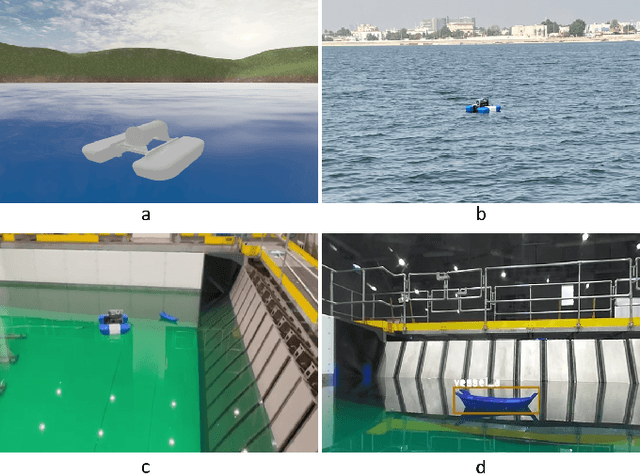
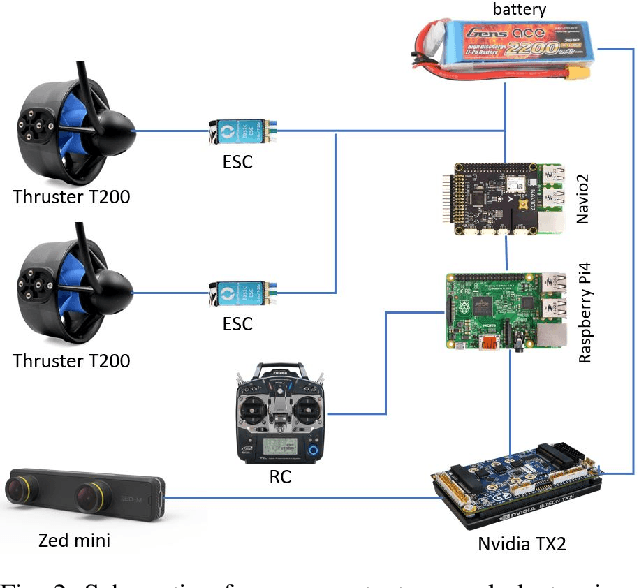
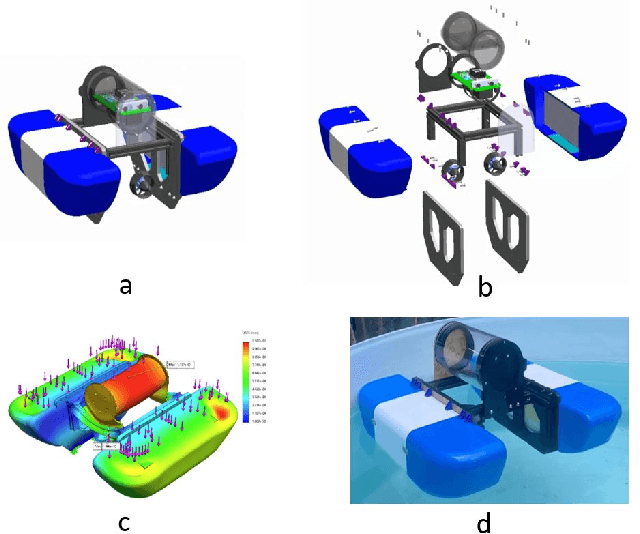
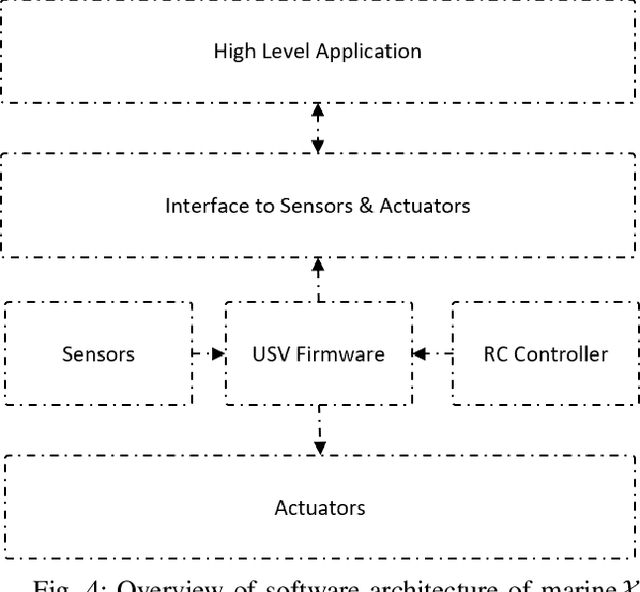
Abstract:Marine robots, particularly Unmanned Surface Vessels (USVs), have gained considerable attention for their diverse applications in maritime tasks, including search and rescue, environmental monitoring, and maritime security. This paper presents the design and implementation of a USV named marine$\mathcal{X}$. The hardware components of marine$\mathcal{X}$ are meticulously developed to ensure robustness, efficiency, and adaptability to varying environmental conditions. Furthermore, the integration of a vision-based object tracking algorithm empowers marine$\mathcal{X}$ to autonomously track and monitor specific objects on the water surface. The control system utilizes PID control, enabling precise navigation of marine$\mathcal{X}$ while maintaining a desired course and distance to the target object. To assess the performance of marine$\mathcal{X}$, comprehensive testing is conducted, encompassing simulation, trials in the marine pool, and real-world tests in the open sea. The successful outcomes of these tests demonstrate the USV's capabilities in achieving real-time object tracking, showcasing its potential for various applications in maritime operations.
* accepted in ICAR
Vision-Based Autonomous Navigation for Unmanned Surface Vessel in Extreme Marine Conditions
Aug 08, 2023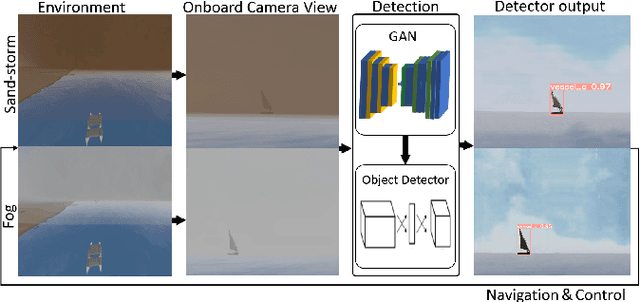
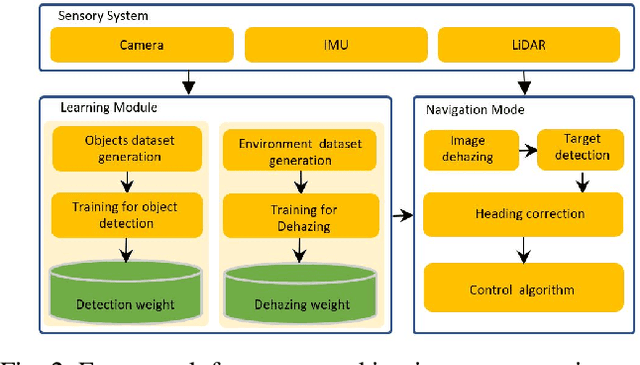
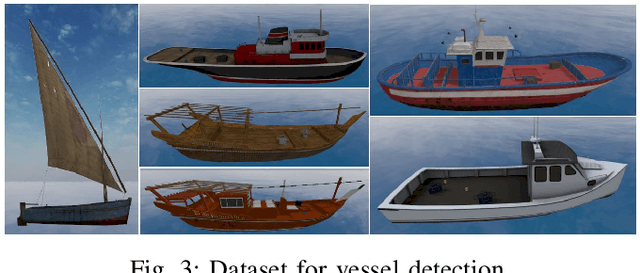
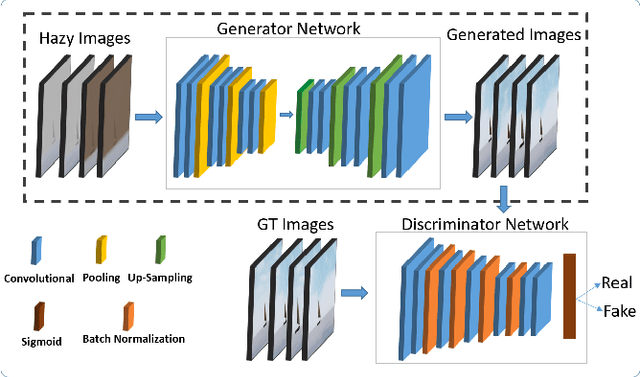
Abstract:Visual perception is an important component for autonomous navigation of unmanned surface vessels (USV), particularly for the tasks related to autonomous inspection and tracking. These tasks involve vision-based navigation techniques to identify the target for navigation. Reduced visibility under extreme weather conditions in marine environments makes it difficult for vision-based approaches to work properly. To overcome these issues, this paper presents an autonomous vision-based navigation framework for tracking target objects in extreme marine conditions. The proposed framework consists of an integrated perception pipeline that uses a generative adversarial network (GAN) to remove noise and highlight the object features before passing them to the object detector (i.e., YOLOv5). The detected visual features are then used by the USV to track the target. The proposed framework has been thoroughly tested in simulation under extremely reduced visibility due to sandstorms and fog. The results are compared with state-of-the-art de-hazing methods across the benchmarked MBZIRC simulation dataset, on which the proposed scheme has outperformed the existing methods across various metrics.
 Add to Chrome
Add to Chrome Add to Firefox
Add to Firefox Add to Edge
Add to Edge